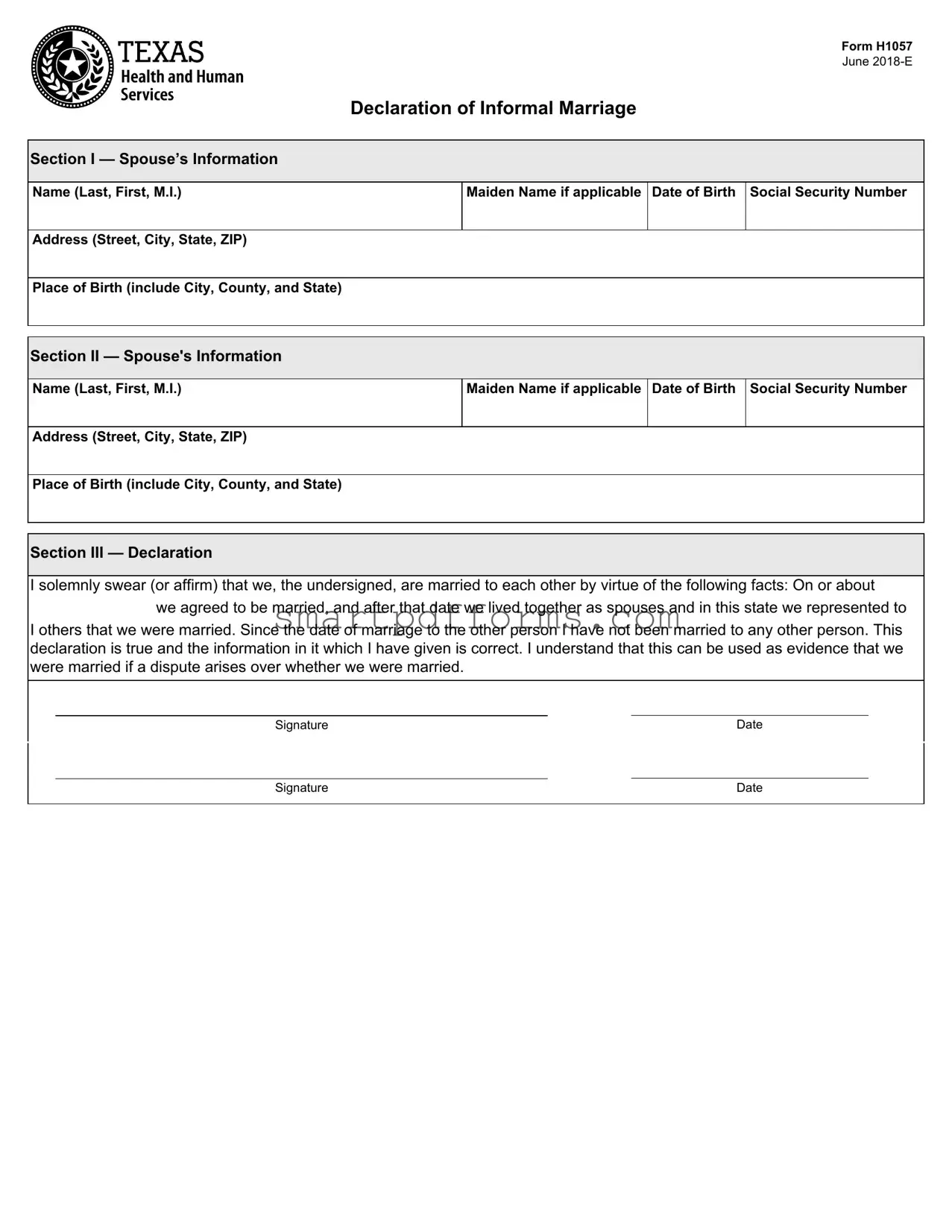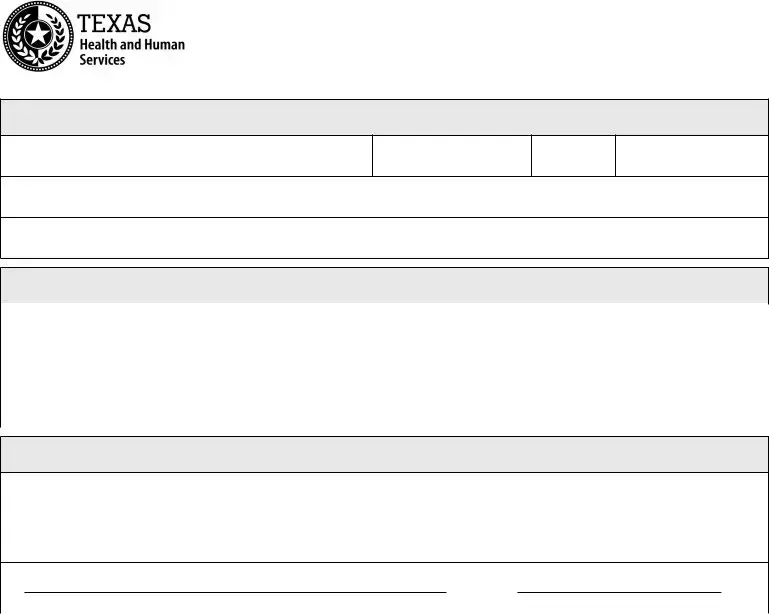There are several misconceptions about the Declaration of Informal Marriage (Form H1057 June 2018-E) that need clarification to ensure that individuals fully understand its purpose and implications.
Misconception 1: It's a formality without legal weight.
Contrary to this belief, the Declaration of Informal Marriage is a legally binding declaration, recognizing a couple as married in the eyes of the state. Once filed, the couple is considered married, just as they would be with a traditional marriage license.
Misconception 2: You can file it before deciding to live together.
This declaration requires that a couple has already agreed to be married and have lived together, presenting themselves as a married couple to the community. It cannot be used to declare an intention to marry at a future date.
Misconception 3: Same-sex couples cannot file a Declaration of Informal Marriage.
Same-sex marriage is legal across the United States, and this extends to informal marriages. Same-sex couples can file a Declaration of Informal Marriage, assuming they meet all other requirements.
Misconception 4: You do not need to provide personal information.
Both parties must provide detailed personal information, including Social Security numbers, addresses, and places of birth. This documentation is vital for the declaration to be properly recorded and recognized.
Misconception 5: Witnesses are required for the declaration.
Unlike traditional marriage licenses that often require witnesses, the Declaration of Informal Marriage only requires the signatures of the two individuals entering into the marriage. No witness signatures are necessary for the form to be valid.
Misconception 6: It's immediately effective once signed.
After signing, the declaration must be filed with the appropriate county clerk's office to become effective. Simply signing the document does not mean it is filed or recognized by the state.
Misconception 7: It provides proof of marriage from the moment of cohabitation.
The document acknowledges an informal marriage from the date specified on the declaration, not from the beginning of cohabitation. The declared date is when the legal recognition of the marriage begins, regardless of how long the couple has lived together.
Misconception 8: Only one party needs to fill out the form.
Both individuals must provide their information and sign the declaration to validate the marriage. One party cannot unilaterally declare an informal marriage without the consent and acknowledgment of the other.
Misconception 9: The declaration is recognized in all states.
While informal marriages are legal in some states, not all recognize them. It's important to check whether an informal marriage declared in one state will be accepted in another.
Misconception 10: The declaration makes it easier to dissolve the marriage.
Despite the informal process of establishing the marriage, dissolving it requires the same legal proceedings as a traditional marriage, including divorce proceedings and potential division of assets.

